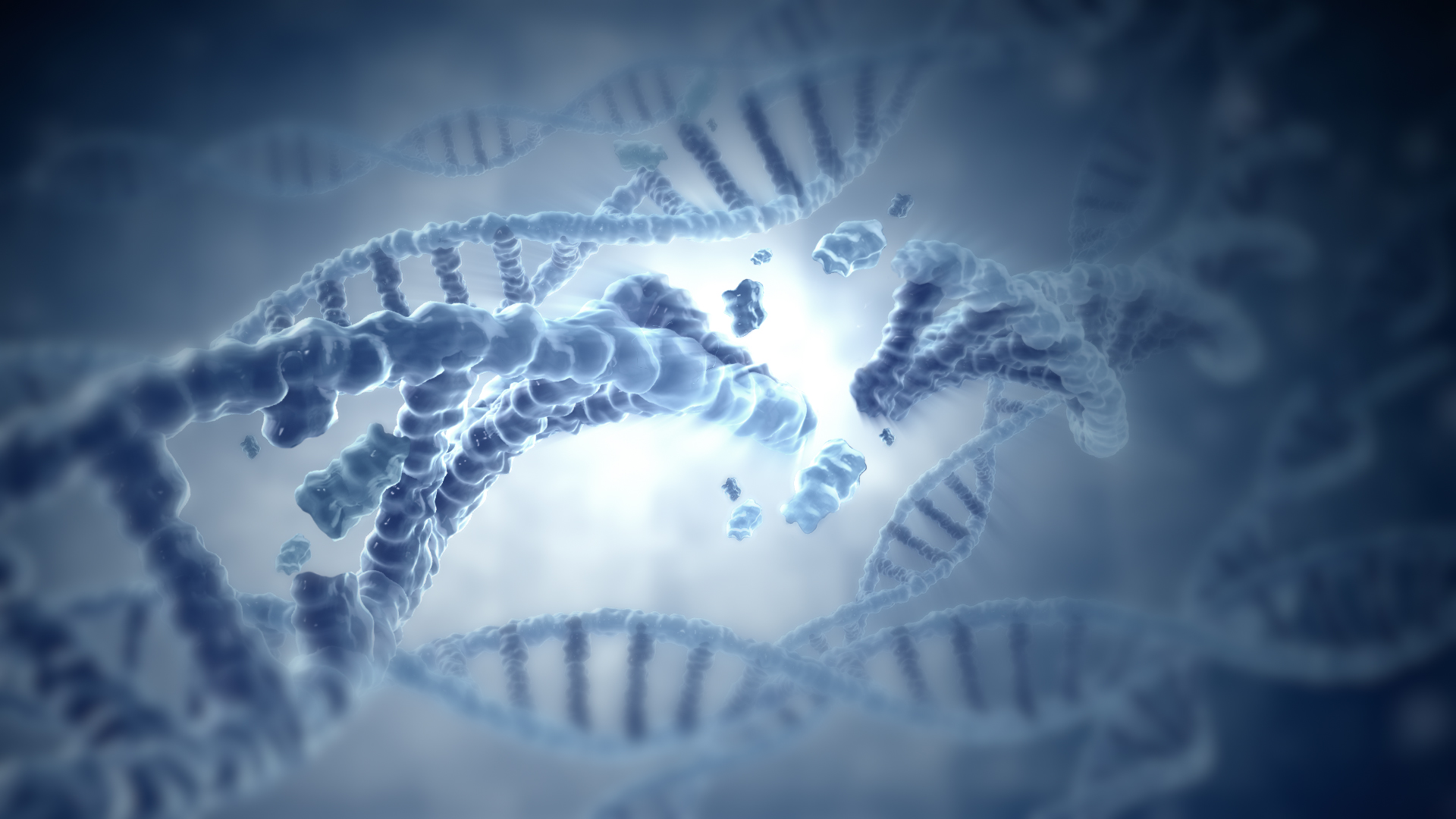DNA or Deoxyribonucleic acid is a long molecule that contains the unique genetic code of the human body. It contains instructions an organism needs to live, grow, and reproduce. These instructions are found in every cell and are also passed on from parents to their children. DNA can get modified due to a number of factors.
The DNA damage is different from DNA mutation, however, both are types of error in the DNA. An abnormal chemical structure in the DNA is DNA damage. DNA damage causes changes in the structure of the genetic material and prevents the replication mechanism from functioning properly.
Modification of the DNA can lead to mutations and genomic instability. This could further develop into a variety of cancers including breast cancer, colon cancer, and prostate cancer. The biggest consequence of Oxidative stress is DNA damage. Besides oxidative damage, the other types of DNA damage are hydrolytic damage and DNA strand breaks.
Most DNA damages can undergo repair, but this repair is not one hundred percent efficient. Unrepaired DNA damages accumulate in the non-replicating cells like the brain cells or muscle cells and cause aging. In replicating cells like in the cells lining the colon, errors occur upon replication. These errors can give rise to mutations.
Both types of alterations are passed onto subsequent cell generations and they can change the gene function or regulation of gene progression. This could further lead to the development and progression of cancer.DNA damages happen due to exogenous sources such as chemicals and radiation, as well as endogenous sources such as free radicals produced by oxidative stress.
DNA damage and inefficient repair initiate the process of carcinogenesis and if these parameters could be modulated, there could be an effective means for cancer control. It has been found that food with antioxidant properties is antimutagenic. Consumption of foods with high antioxidants limits the risk of DNA damage due to free radicals produced due to oxidative stress.
Disclaimer: The information in no way constitutes, or should be construed as medical advice. Nor is the above article an endorsement of any research findings discussed in the article an endorsement for any of the source publications.









